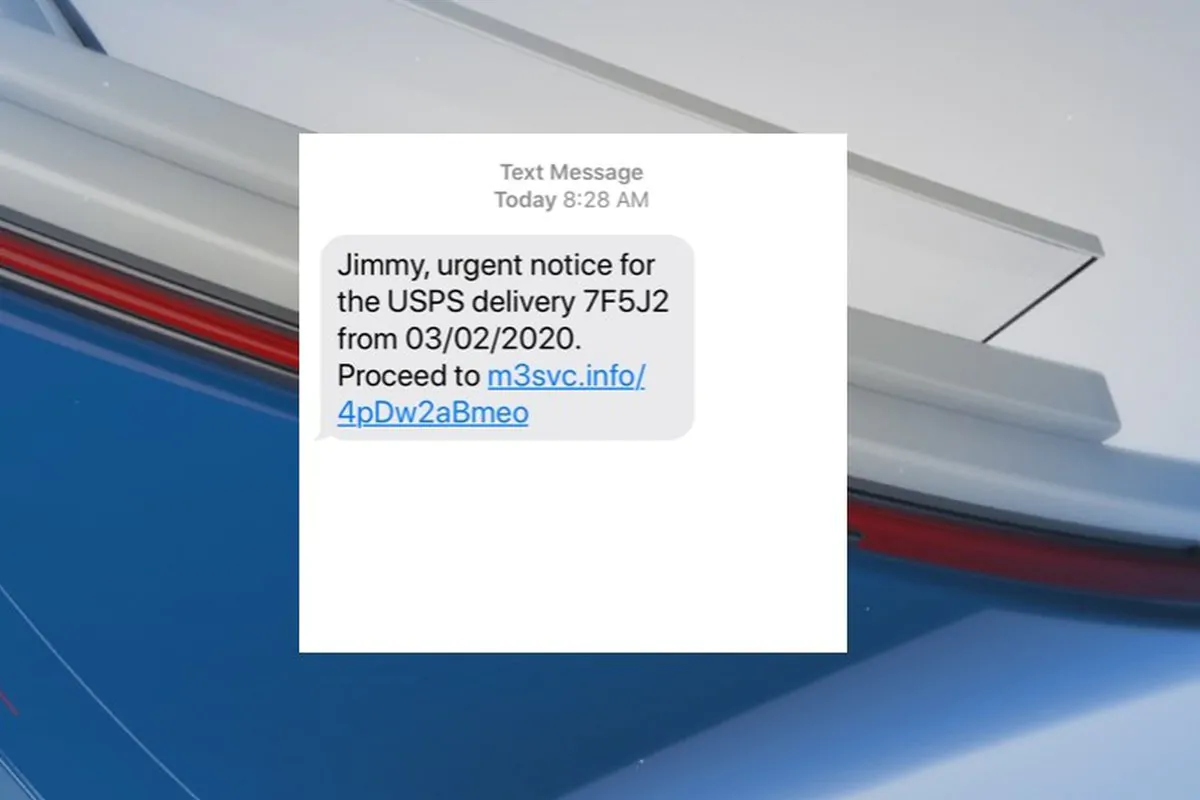Police Officer And Son Video {Jan 2023} Social media Links!

This post on Police Officer and Son Video will provide all the information you need about this viral and controversial video.
Did you know about the video of a mother and her son? Do you want to know more about the video? After hearing the shocking news, South Africa is shocked. We will be discussing all details about the controversial police officer and son video. If you’re interested, continue reading.
What’s the most popular footage of a police officer?
Social media has become the place to find disturbing and controversial videos and footage. The internet has revealed the most shocking video yet. This video showed a female officer forcing her son into intimate activities with her. The mother attempts to discipline her son when he refuses to engage in explicit activities.
The son later engages in explicit activities with his mother out of fear for her mother. This was Viral on Reddit. The female officer also recorded the entire activity on her phone and told her son to get involved.
What was the action taken against the female officer of police?
Although the video of the female officer in police uniform was very disturbing, it served as evidence for legal action. Some Telegram reports indicate that the boy in this video was only 12 years old and a minor while the female officer was 40 years. According to recent reports, the officer in charge of the police force was taken into custody. The responsible authorities tried to impose the harshest punishment when the video was brought to their attention. This video was also discussed on Tiktok. The mother will be held responsible for her actions and an immediate inquiry was made to ensure that the son was taken to a safer location.
What was the reaction of social media to the video?
People on social media are horrified by the video. People are posting controversial theories online. Hate comments were posted on Twitter. Some believe that a demonpossessed police officer was the reason she was involved in this disturbing act. Some believe that the woman was not able to see clearly and thus she was involved in these actions. This video was also removed from social media platforms Instagram, as it contained explicit footage that could cause cerebral damage.
Social media Links
This controversial topic is being discussed by many people on social media platforms.
Last words
This is the end of this post. It is disturbing to see such a video online. I hope that the police officers are held accountable for their actions.





